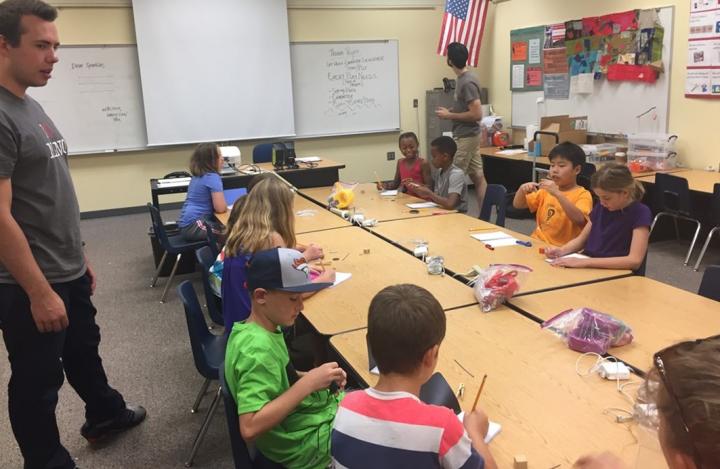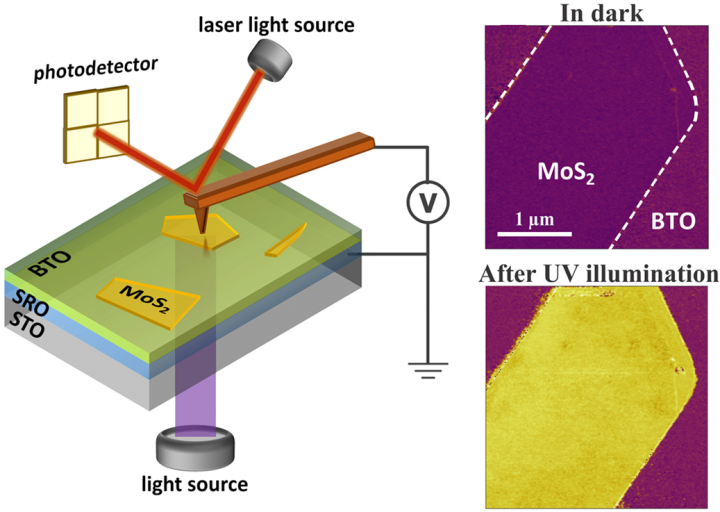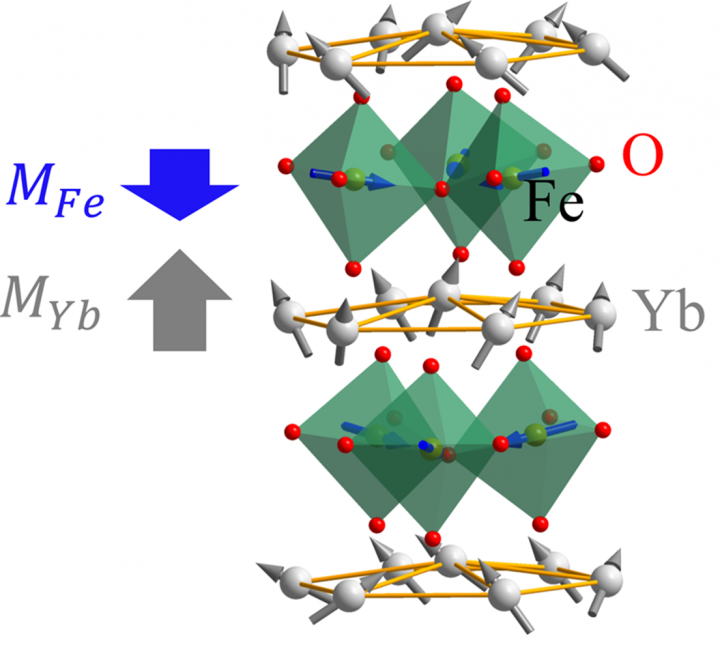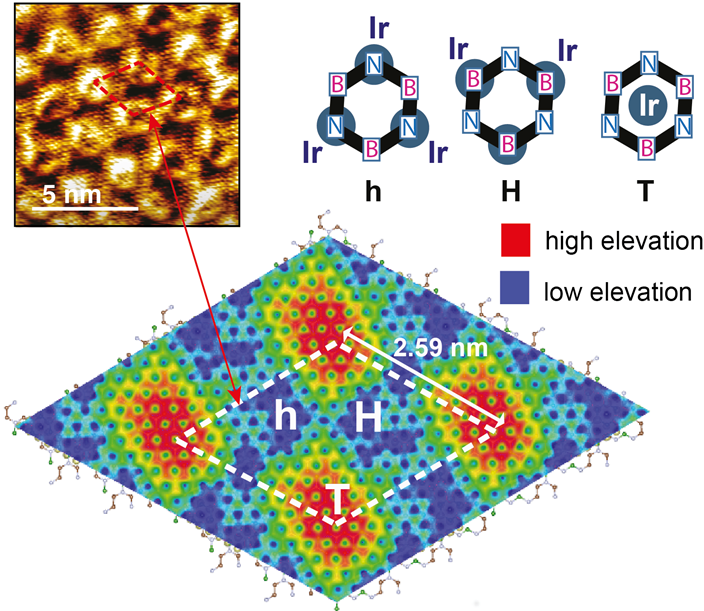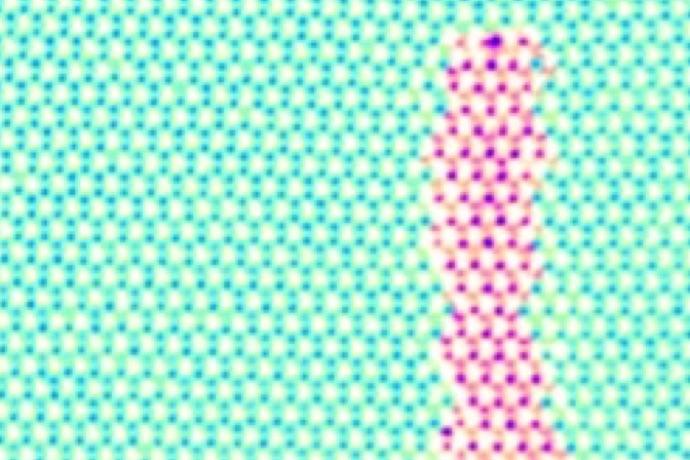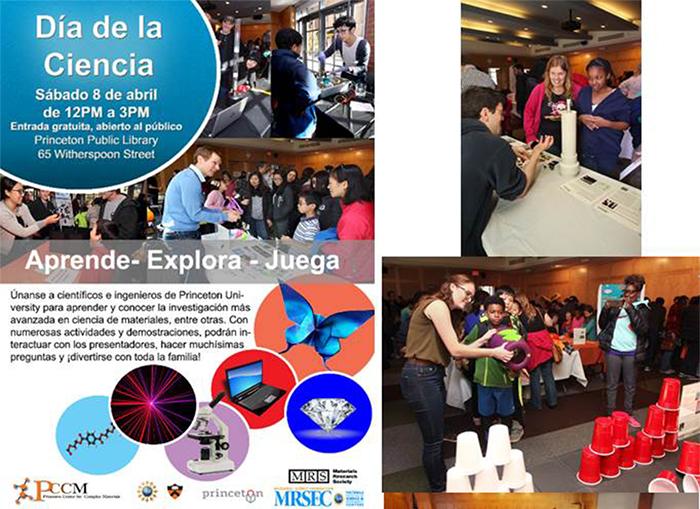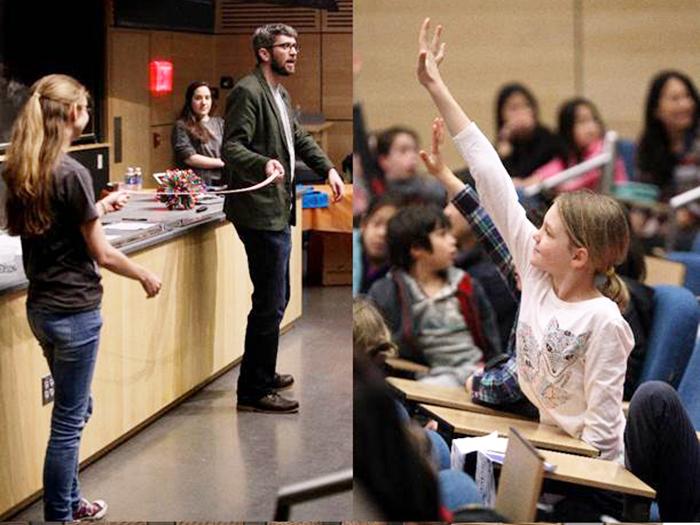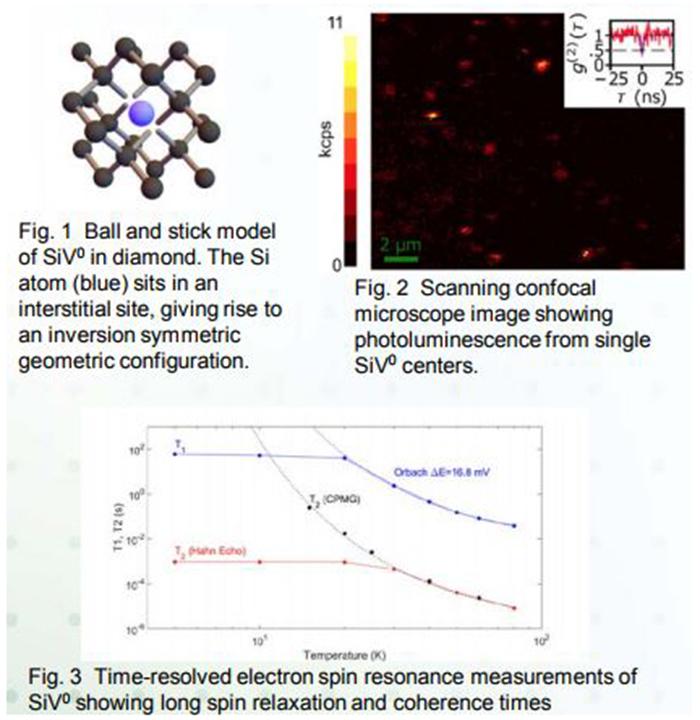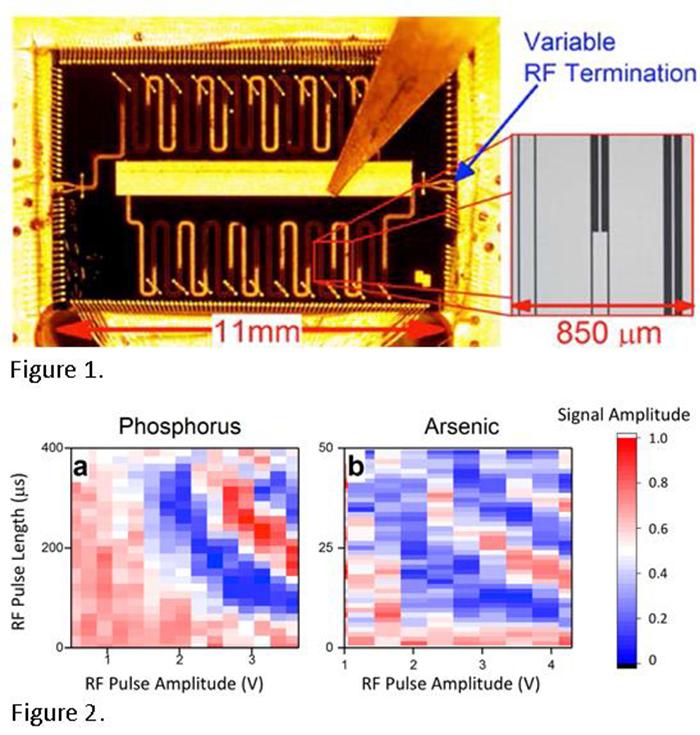In Summer 2017, Nebraska MRSEC partnered with the Foundation for Lincoln Public Schools to offer a new, STEAM-based summer learning program. Spark Summer Learning provides opportunities for students in grades K-5 to explore science, technology, engineering, art, and math in an immersive setting, engaging students in problem-based learning through hands-on “maker” projects.

